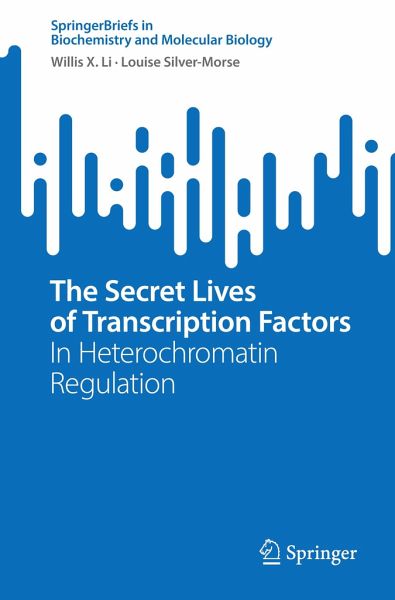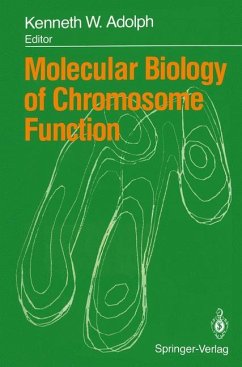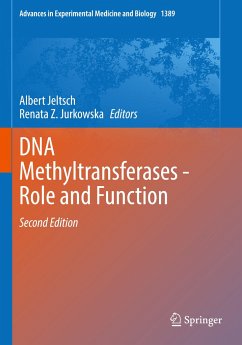
The Secret Lives of Transcription Factors
In Heterochromatin Regulation

PAYBACK Punkte
19 °P sammeln!
This SpringerBrief explores unconventional functions of eight different transcription factors and concludes with a discussion of their biological significance and impact, including effects on processes within the cell nucleaus during development and in adult organisms. Chapter One details unconventional functions of the transcription factors GAGA, HP1, Rb, STAT, ATF-2 and NF-kB. Surprisingly, all of these transcription factors can be found in association with heterochromatin as well as euchromatin, and in some cases unconventional functions have been demonstrated for these heterochromatin-asso...
This SpringerBrief explores unconventional functions of eight different transcription factors and concludes with a discussion of their biological significance and impact, including effects on processes within the cell nucleaus during development and in adult organisms. Chapter One details unconventional functions of the transcription factors GAGA, HP1, Rb, STAT, ATF-2 and NF-kB. Surprisingly, all of these transcription factors can be found in association with heterochromatin as well as euchromatin, and in some cases unconventional functions have been demonstrated for these heterochromatin-associated factors. Chapter Two focuses on the unconventional functions of STAT and HP1 and discusses their roles in the promotion of longevity, and in protection from cancer and DNA damage. Chapter Three explores the biological significance of the findings presented in the first two chapters and considers how global changes in the epigenome brought about by factors such as STAT and HP1 mightaffect processes within the cell nucleus during development and in adult organisms. This succinct yet thorough SpringerBrief is essential for researchers studying epigenetics, and to instructors of the subject. It should also appeal to people interested in the control of gene transcription and other processes in the cell nucleus, and to those interested in development.














